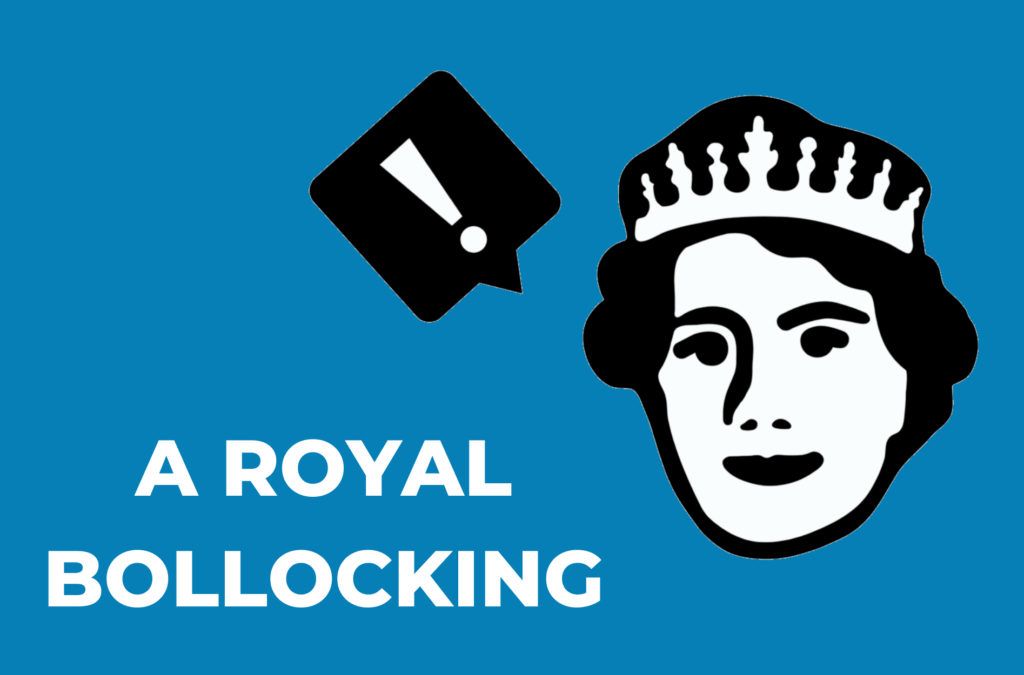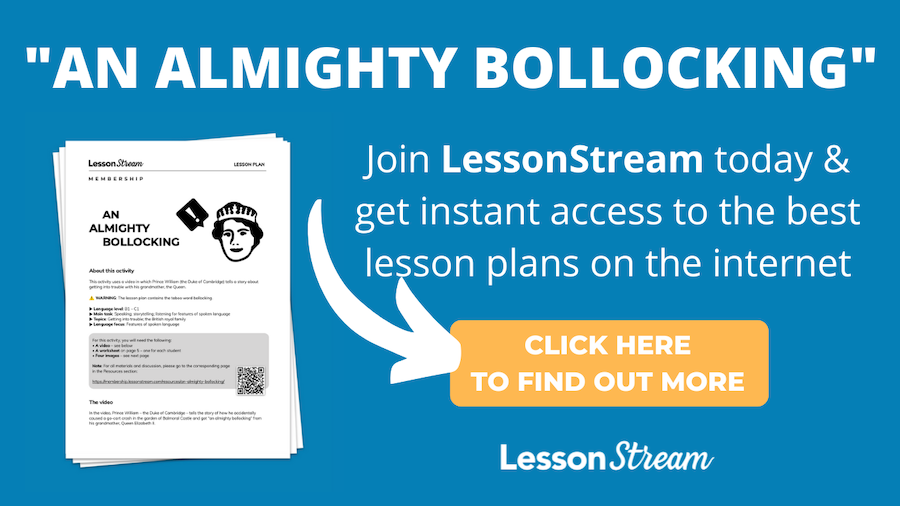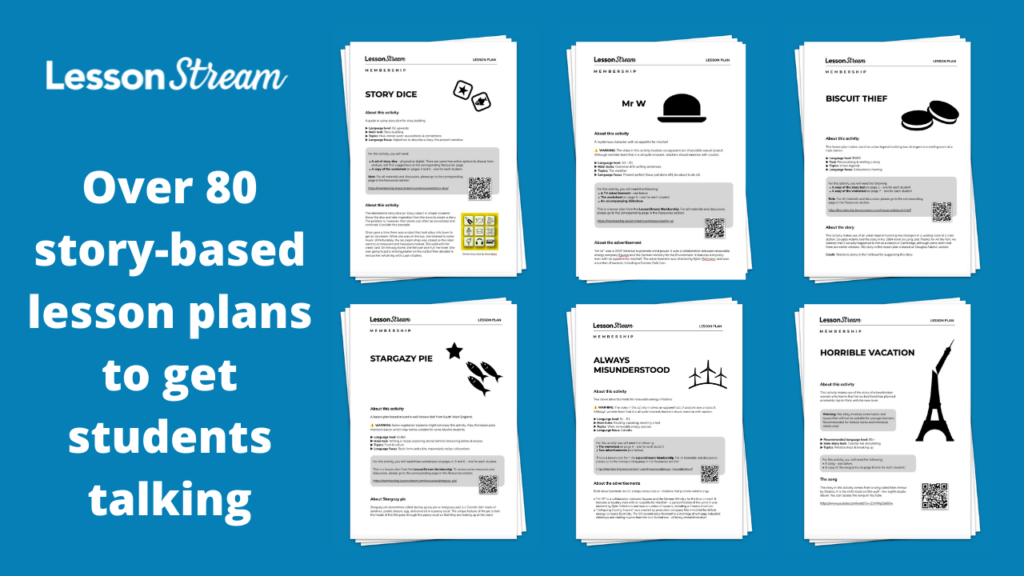The ability to visualise is an essential and fundamental part of comprehension. And an awareness of the images that you intend to plant in your audience’s mind is vital for all communicators.
A recent LessonStream lesson plan makes use of a story told by Prince William. Just ahead of the Queen’s 90th birthday in 2016, His Royal Highness told Sky News presenter Rhiannon Mills about a time when he got into trouble with his grandmother.
As you watch the video or read the transcript underneath it, become aware of how you visualise the people, the objects, the setting, the actions and the reactions in William’s story.
Glossary:
- Balmoral (Castle) is a British royal residence in Scotland.
- A bollocking is a British taboo word which means a telling-off. It comes from the word “bollocks” which literally means “testicles”.
- A kilt is a Scottish skirt, often worn by men (but not exclusively).
“There’s been plenty of moments [when I got into trouble with my grandmother]. I think the earliest one that I can remember which has stuck in my mind for a long time was Peter, my cousin and I were on a quad bike at Balmoral. We were chasing Zara around who was on a go-cart. Peter and managed to herd Zara into a lamppost and the lamppost came down and nearly squashed her. And I remember my grandmother being the first person out of Balmoral, running across the lawn in her kilt and came charging over and gave us the most almighty bollocking. And that stuck in my mind. And from that moment on, I thought that I really should be a little bit more careful about what I’m doing and try not to kill my cousins.”
Two central images
Central to William’s story are two images – one providing cause and the other, the effect.
Image one (the cause): Two boys on an off-road vehicle chasing a girl on another off-road vehicle and causing her to crash into, and bring down a lamppost.
Image two (the effect): Queen Elizabeth II – kilted and furious – running towards the scene of the crash and delivering an angry rebuke to the naughty children.
Whatever you think of the British royal family, I hope that you would agree that this anecdote has a lot to offer. It provides us with a rare and candid glimpse into one of the most famous, yet impenetrable families in the world. The British head of state is presented to us with an unexpectedly human face – that of an angry granny. The incongruity of the situation makes it all quite funny.
But speaking personally, my own comprehension of the story was a bit bumpy. By the time William arrived at image two – the defining image in his story – I was still asking questions about image one. Specifically, I had two problems relating to the lamppost.
Problem one – the image of the lamppost: For me, a prototypical lamppost belongs in a street. And yet, here we are in a garden. Do the gardens of Balmoral Castle have lampposts? Apparently they do. So what do they look like?
In my search for an answer to this question, I came across this picture of Aranjuez Palace near Madrid.

(Creative Commons photograph taken by Ángel Serrano Sánchez de León)
Problem two – the fall of the lamppost: How could a lamppost like the one in the image fall over? Was the one at Balmoral unstable and in need of maintenance?
Conclusion
Successful storytelling depends on ideas and information that are familiar to both storyteller and listener. This idea is actually contained within the word “communication” which comes from the Latin communicare – “to share”.
Of course, it’s much more than just creating the right image. It’s about providing your listener with all the relevant information that they need for successful comprehension of your story.
But in this case, William “cuts to the chase” – he goes straight to the interesting part of his story. In doing so, he misses out on some important details that should be included in the set-up.
There is a natural tendency for all of us to want to do this. Fortunately, there is a simple solution: if you are required to tell a story in public (during a presentation, at an interview, or in the classroom) spend a little bit of time preparing it beforehand.
In particular, spend some time working on your set-up. Consider background information that your audience needs in order to “get” your story. This could include cultural ideas, local knowledge, or relevant information about yourself or the people in your story. Take some time to paint the scene. Be kind to your listener.
Prince William is not on the LessonStream Story Course. But if he was, I would give him this advice:
“I really like your story, William. But please be aware of your audience. When the British public think of lawns, they will probably think of small green rectangles. When they think of gardens, they most certainly won’t see lampposts. And when you associate childhood with go-carts, it is possible that people will think of wooden boxes on wheels.
You don’t have to change much – just invest a little bit of time setting things up at the start of your story. Make sure we are all on the same page, primed for the action and the comedy.
So mind your images, William. And watch your language!“
“An almighty bollocking” is the 90th lesson plan in the LessonStream library.
- Language level: B1 – C1
- Main task: Speaking; storytelling; listening for features of spoken language
- Topics: Getting into trouble; the British royal family
- Language focus: Features of spoken language; discourse markers; fillers
Get instant access to all of the lesson plans when you join the LessonStream Membership.




